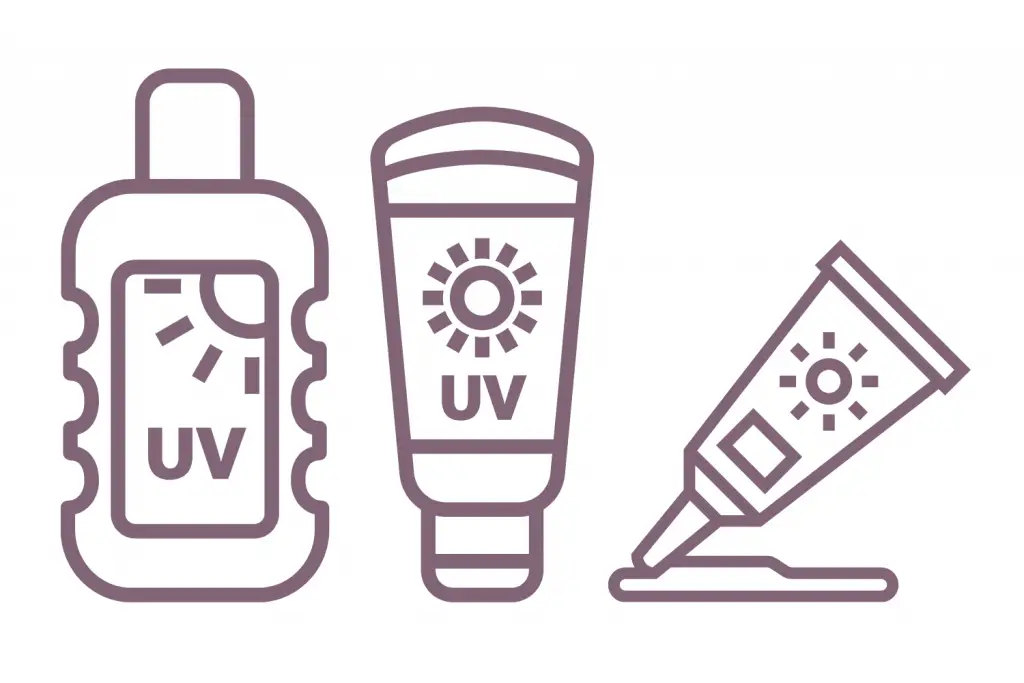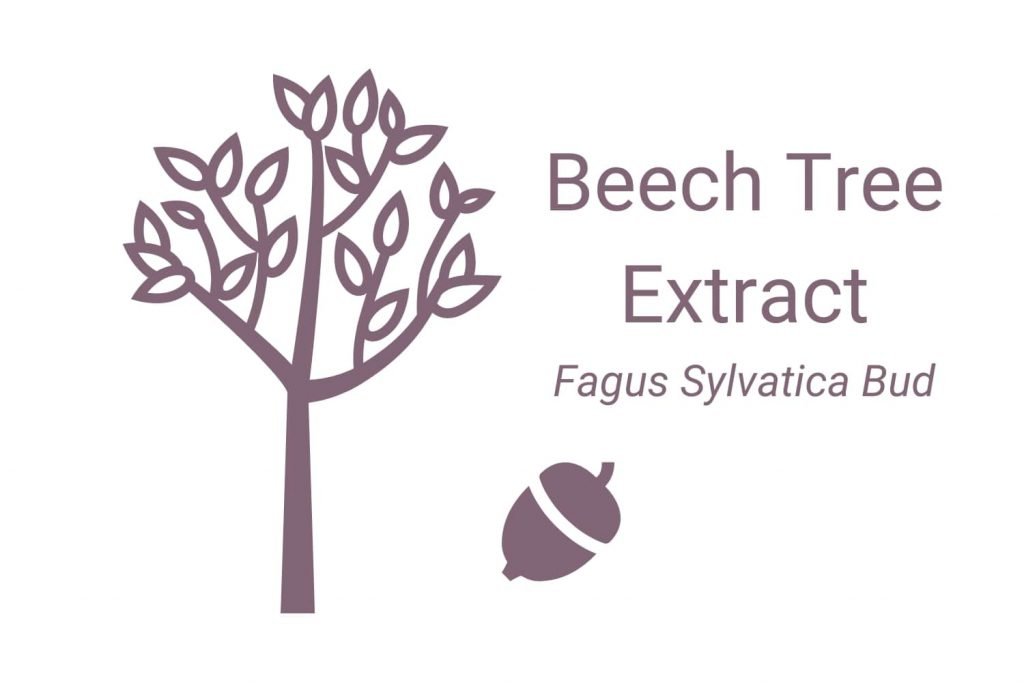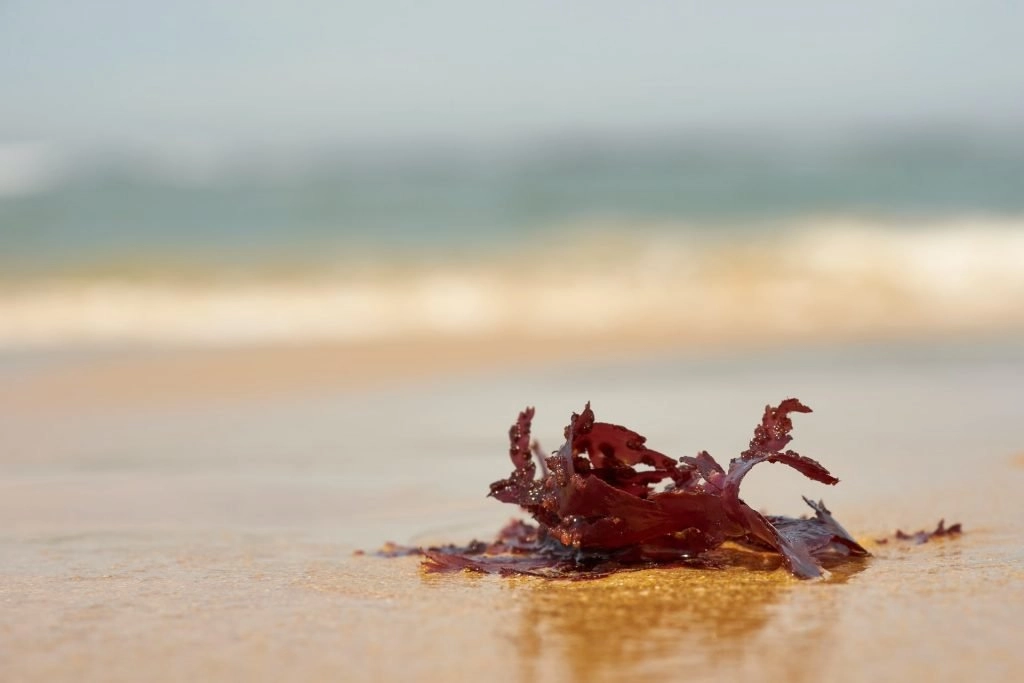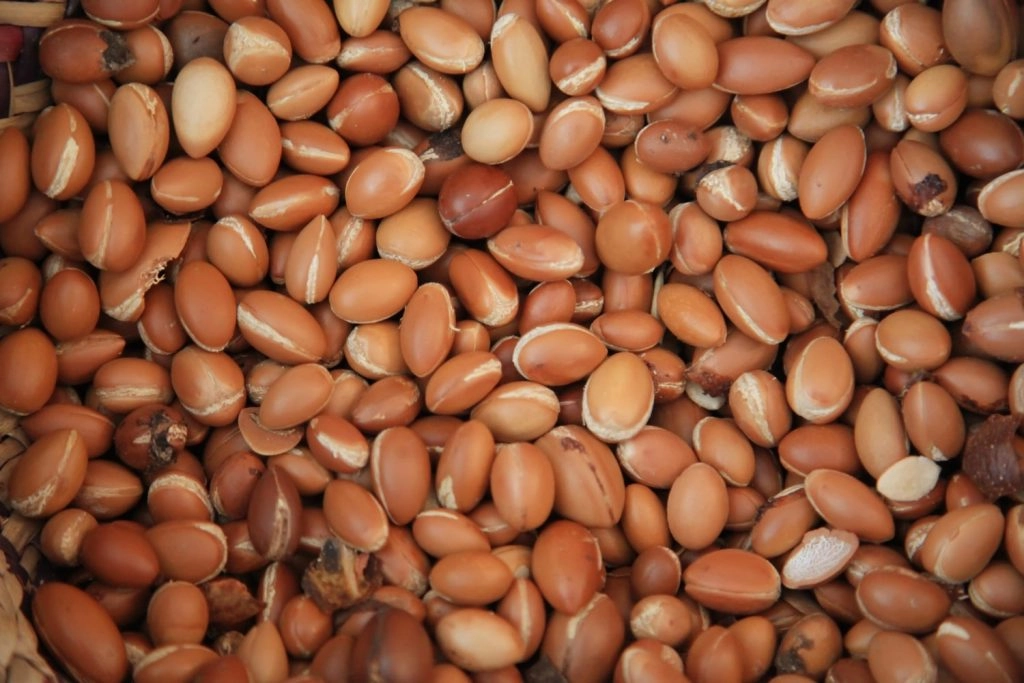Proper sun protection is critical to skin health. Too much sun exposure is the number #1 cause of premature aging. And then there’s the whole risk of cancer thing too. It’s in our best interest to protect the skin with SPF right?
This post may contain affiliate links. Read the full disclosure here
It sure is. But once we commit to using sunscreen every day, there is the question of which one is best? Research around suncare and new product developments are exploding. There are plenty of options available, some using chemical sunscreen ingredients while others use mineral-based ingredients.
As if choosing the best product wasn’t hard enough, recent research has highlighted some of the potential concerns with some of the chemical ingredients in suncare products.
One example of this is ethylhexyl methoxycinnamate. This ingredient in well-known brands/products such as CeraVe, Bobbi Brown, Clinique, and Coppertone.
What Is Ethylhexyl Methoxycinnamate?
Ethylhexyl methoxycinnamate, octinoxate, or OMC is a common ingredient in suncare products. It’s a clear oil-soluble liquid that protects the skin from UVB rays by reflecting the harmful rays. Ethylhexyl methoxycinnamate may also be listed as octyl methoxycinnamate, but it’s the same thing.
This ingredient in chemical-based sunscreens (as opposed to mineral) that absorbs UVB radiation. Since ethylhexyl methoxycinnamate only protects against UVB rays it is often used with other active ingredients such as octocrylene, homosalate, and meradimate.
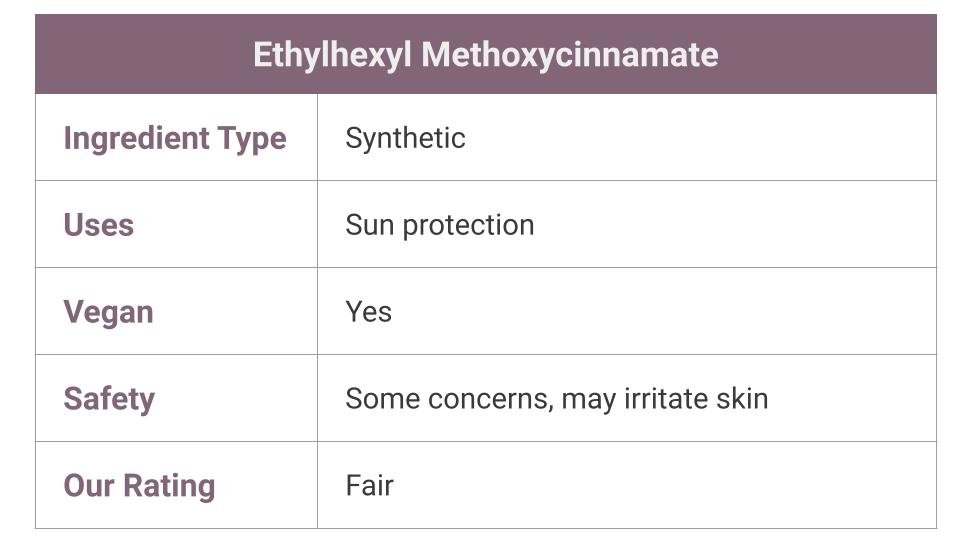
Ethylhexyl Methoxycinnamate Skin Benefits
Octinoxate helps prevent sunburns, reduces the risk of getting skin cancer, and it absorbs well. It doesn’t leave a white cast as mineral-based ingredients can. It’s in all sorts of suncare products such as lotions, creams, and lip balms.
Protects the Skin From Sunburns
Ethylhexyl methoxycinnamate protects the skin against UVB radiation at wavelengths 280-320 nm. In other words, octinoxate helps protect the top layers of the skin from the sun.
Reduces Risk of Skin Cancer
Using sunscreen of at least SPF 15 on a daily basis can reduce the risk of cancer and precancers by 50%. Ethylhexyl methoxycinnamate is one of these effective ingredients in sunscreens that help prevent skin cancer.
Prevents Premature Aging
Sun-protecting ingredients such as ethylhexyl methoxycinnamate help protect the skin against photoaging. Symptoms of photoaging include wrinkles, age spots, dark spots, decreased skin elasticity, uneven texture, spider veins, and redness.
No White Cast
This is still one of the main selling points for chemical sunscreen ingredients compared to mineral. Products with octinoxate often apply smoothly to the skin without leaving a white cast or residue.
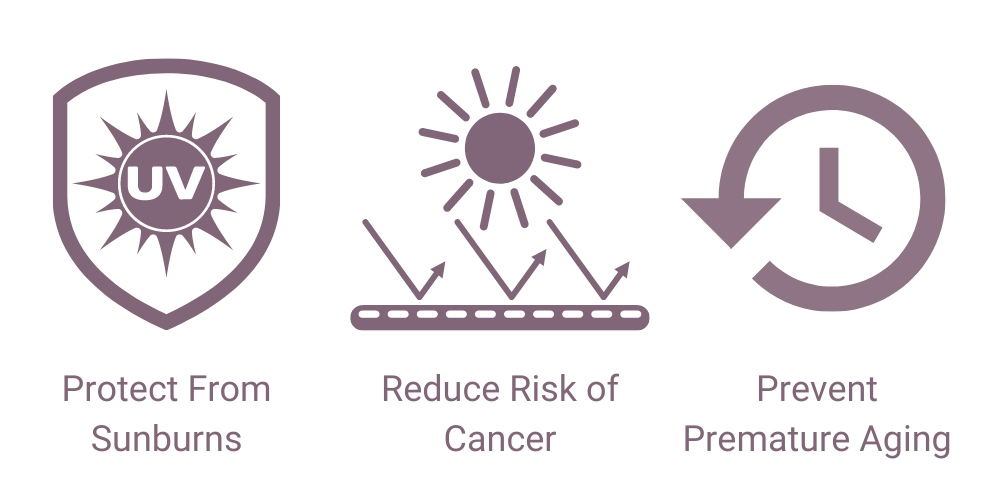
Is Ethylhexyl Methoxycinnamate Safe?
Ethylhexyl methoxycinnamate is an FDA-approved ingredient in products up to a 7.5% concentration. But studies have shown traces of this ingredient in urine, blood, and even breast milk. One study found the potential for toxicity and hormone disruption but this may not apply to the way humans use octinoxate.
EWG lists ethylhexyl methoxycinnamate as a 5 with their 1-10 safety scale. The score is based on the likelihood to be toxic, cause allergies, and cancer. Octinoxate has a higher score since it can irritate the skin.
Ethylhexyl methoxycinnamate also can irritate the skin. Consider alternative ingredients for sensitive skin.
Ethylhexyl Methoxycinnamate Alternatives
While there valid concerns with the safety of ethylhexyl methoxycinnamate, it’s a very effective ingredient. Luckily, more natural sunscreen alternatives are on the rise. Look for mineral-based sunscreen products. These generally use zinc-oxide as the active ingredient to physically block harmful sun rays. Chemical ingredients such as octinoxate absorb and filter the rays but mineral ingredients deflect the rays.
Mineral-based sunscreen options aren’t perfect either though. Mineral sunscreens are thicker and can be harder to apply. They also may leave a white cast or residue on the skin. They also require reapplication more often and may not last as long in the water.
Frequently Asked Questions
Other Ingredients You Find Interesting:

